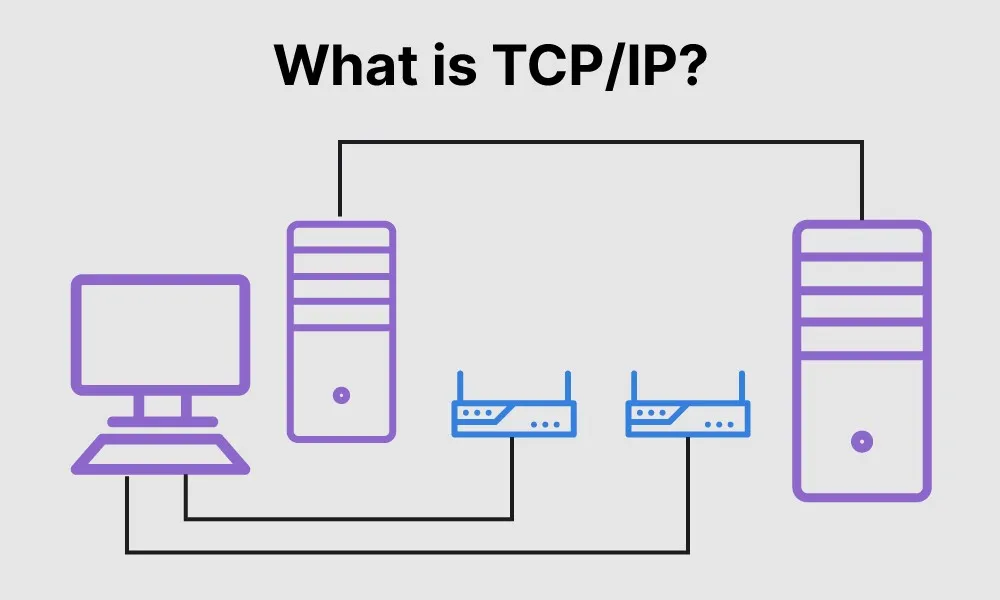TCP
TCP stands for Transmission Control Protocol a communications standard that enables application programs and computing devices to exchange messages over a network. It is designed to send packets across the internet and ensure the successful delivery of data and messages over networks.
TCP is one of the basic standards that define the rules of the internet and is included within the standards defined by the Internet Engineering Task Force (IETF). It is one of the most commonly used protocols within digital network communications and ensures end-to-end data delivery.
TCP organizes data so that it can be transmitted between a server and a client. It guarantees the integrity of the data being communicated over a network. Before it transmits data, TCP establishes a connection between a source and its destination, which it ensures remains live until communication begins. It then breaks large amounts of data into smaller packets, while ensuring data integrity is in place throughout the process.
As a result, high-level protocols that need to transmit data all use TCP Protocol. Examples include peer-to-peer sharing methods like File Transfer Protocol (FTP), Secure Shell (SSH), and Telnet. It is also used to send and receive email through Internet Message Access Protocol (IMAP), Post Office Protocol (POP), and Simple Mail Transfer Protocol (SMTP), and for web access through the Hypertext Transfer Protocol (HTTP).
The Internet Protocol (IP) is the address system of the Internet and has the core function of delivering packets of information from a source device to a target device. IP is the primary way in which network connections are made, and it establishes the basis of the Internet. IP does not handle packet ordering or error checking. Such functionality requires another protocol, typically TCP.
The Internet Protocol (IP) is the address system of the Internet and has the core function of delivering packets of information from a source device to a target device. IP is the primary way in which network connections are made, and it establishes the basis of the Internet. IP does not handle packet ordering or error checking. Such functionality requires another protocol, typically TCP.
IP is a connectionless protocol, which means that each unit of data is individually addressed and routed from the source device to the target device, and the target does not send an acknowledgement back to the source. That’s where protocols such as the Transmission Control Protocol (TCP) come in. TCP is used in conjunction with IP in order to maintain a connection between the sender and the target and to ensure packet order
